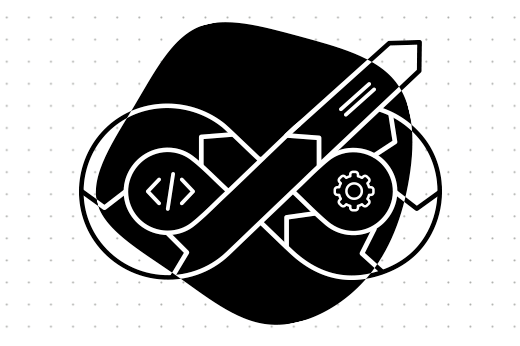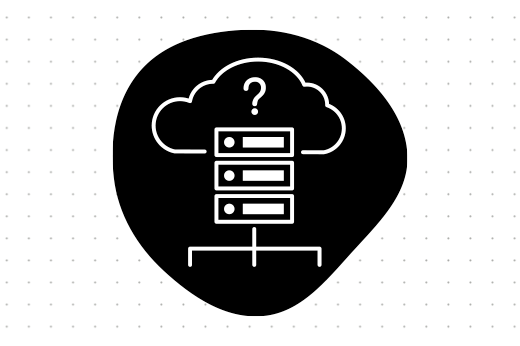Filter by category
Continuous Delivery (or CD) is a widely adopted practice nowadays, but this wasn’t always the case. Initially pioneered by just a few companies, CD has steadily gained ground due to its proven benefits. Eventually, it became an essential practice for any tech company wanting to meet the needs of an ever-expanding software market that demands constant innovation and quick delivery.
We’ve rolled up our sleeves, putting together some home-brewed research with a few tips to help you better grasp the concept so you can start planning for continuous growth. Ready, steady...
What is Continuous Delivery?
The concept of Continuous Delivery has its origins in the Lean management methodology, which relies on the principle of constant improvement; meaning every part of the production process is monitored and then adjusted in a dynamic way in order to optimize the use of resources and deliver quality.
*(makes mental note: optimize the use of resources and deliver quality)

Continuous Delivery can thus be defined as a collection of practices that aims to continuously improve a product by planning, delivering, gathering feedback, and then acting on that feedback.
Similar to Agile principles, Continuous Delivery focuses on iterations and incremental delivery, while also leveraging the power of automation.
How Does it Work?
Essentially, CD enables you to quickly deploy even the smallest change in production and roll back changes if something goes wrong. This wasn’t the case back in the day, when teams of developers would individually work on coding and then later discover the code was buggy or not functional after finally merging their work. Fast forward after a few months of work and the product was still far from deployment. A real bummer, right? To prevent anything like this from happening, Continuous Delivery operates within a series of tools and practices:
A strong testing suite composed of various levels of testing (unit, integration, end to end);
Automated testing pipelines that test each individual feature once it’s integrated;
Automated deployment pipelines (one push of a button and the code goes into production);
Monitoring tools that trigger alerts whenever things aren’t working as expected.
Faster Delivery with the Same Great Quality
Integrating Continuous Delivery into your production pipeline will help you overcome several challenges, both technical and non-technical. Most importantly, it will help you deliver much quicker. Want to know why?
⩥ Continuous Delivery is a cyclical process, that relies on automated tests and user feedback to incrementally improve the software solution yielding more quality outcomes;
⩥ Since it relies on automated processes, Continuous Delivery enhances efficiency and decreases the amount of time and work needed to deploy new software features.

As a result, you will manage to free up your team so they can now focus more on the product, rather than waste time repeatedly performing the same tasks manually. Relying on automation will also allow you to work on multiple products simultaneously bringing you closer to achieving a scalable business model.
Is Continuous Delivery For You?
Continuous Delivery is actually an extension of Continuous Integration, so in order to successfully implement CD, you first need to make sure you have the infrastructure required to run a complete CI cycle. What does this entail? You don’t need to deploy each individual feature, but each individual feature gets to be integrated and tested, the end result being a deployable code. You might also not want to extend your production pipeline to CD if you prefer performing manual checks before deployment or if you don’t yet have an automated deployment infrastructure in place.
Adopting the practice of Continuous Delivery is definitely worth a try; and for things to run smoothly, here are some of the things that will do the trick:
Integrate CD at the start of a project so that it ends up being “the norm.” Integrating it later on will require a number of changes that are a prerequisite for automation;
In order to integrate CD you will need a CI infrastructure in place, but always think twice before deciding to build one yourself – there are a lot of paid CI solutions that might be a better fit for you. As a rule of thumb, always focus on your product, not on your tooling;
Make sure to have an end-to-end testing suite which is fast, reliable, and covers all important scenarios or features.
A Shortcut to a Smooth Production Flow
Continuous Integration and Continuous Delivery are, after all, complementary practices; which, if implemented correctly, can help you achieve a seamless production flow. This means a faster time to market with higher quality products, giving you the possibility to scale your whole production process.
Thanks to Continuous Delivery, you can rely more on the power of automation and focus energy on the one thing that matters the most – your product. By making adjustments incrementally based on constant user feedback, you will be better prepared to both keep up with customers’ expectations and continuously deliver competitive software products. But don’t just take our word for it. Try it and drop us a line to tell us how it went — the good, the bad, and the ugly. We’re all ears and ready to help.





